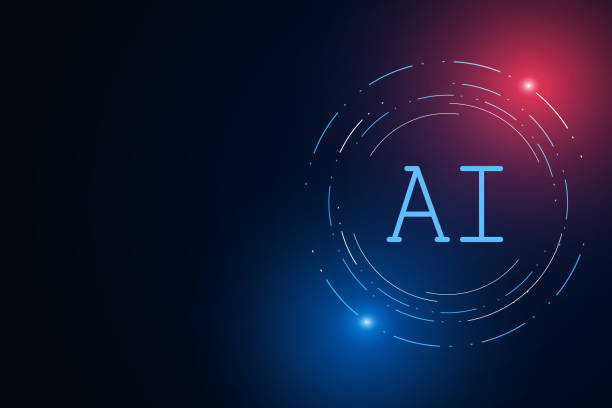Introduction to the Importance of On-Page SEO and its Optimization
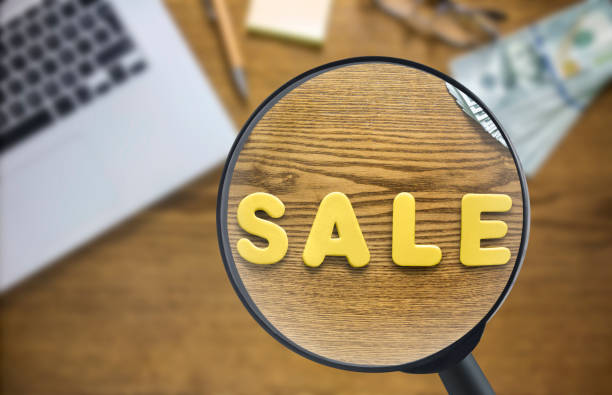
On-Page SEO or on-page optimization, is the foundation of every successful SEO strategy.
This process includes all actions you can directly perform on your website pages to improve their ranking in search engines.
These actions include content optimization, URL structure, title tags, and meta descriptions.
The importance of On-Page SEO lies in helping search engines better understand your content and determine if your content is relevant and valuable for specific keywords.
Without strong On-Page SEO, even the best content might not be seen.
This is a vital and explanatory part for search engines, indicating the quality and relevance of your content.
A deep understanding of these concepts is the first step to mastering the art of search engine optimization, and in this article, we will comprehensively explore its various dimensions as a guide.
Do you dream of a thriving online store but don’t know where to start?
Rasaweb is your comprehensive e-commerce website design solution.
✅ Attractive and user-friendly design
✅ Increased sales and revenue⚡ Get free consultation
Keyword Research: The Core of On-Page SEO
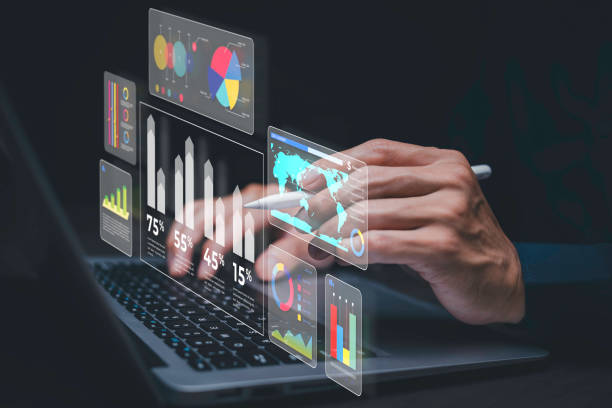
Keyword research is not just an initial step, but a continuous and vital process in every On-Page SEO project.
For your content to be correctly discovered by your target audience, you must target keywords they actually enter into search engines.
This process involves finding head terms and also long-tail keywords that better indicate user intent.
Using tools like Google Keyword Planner, Ahrefs, or Semrush can help you identify search volume, competition, and related keywords.
A precise analysis of keyword data allows you to create content that is optimized for both search engines and users.
Do not forget that the goal of keyword research is not just finding high-volume keywords, but identifying words that guide your audience towards relevant and useful content.
This specialized approach is the foundation of success in On-Page SEO.
Optimizing Content and its Structure for On-Page SEO

Content is king, and in On-Page SEO, this statement holds truer than ever.
Content optimization goes beyond merely inserting keywords into the text; it involves creating high-quality, comprehensive, and valuable content that meets user needs.
To do this, special attention must be paid to readability, sentence structure, and dividing content into smaller sections using subheadings (h2, h3).
Using lists, images, and videos can also help improve user experience and, consequently, On-Page SEO.
Your content should be explanatory and complete so that users leave your website satisfied.
If your content can answer common user questions and create thought-provoking content that encourages user interaction, it will have more value.
| Content Type | Description | Impact on On-Page SEO |
|---|---|---|
| Educational Articles | Providing step-by-step guides and solutions to problems. | Increased dwell time, link attraction, addressing user intent. |
| News Content | Informing about current events or latest developments. | Attracting high short-term traffic, increased page views. |
| Entertaining Content | Content aimed at entertaining and delighting the audience. | Increased social sharing, improved user experience. |
| Specialized Content | In-depth analyses, case studies, and technical reviews. | Website credibility, attracting specific audiences, increased referrals. |
Additionally, content optimization involves the intelligent use of keywords in the text, but without overstuffing.
Keyword density should appear natural.
The goal is to provide content that is both understandable for search engines and engaging and useful for users.
Impactful Title Tags and Meta Descriptions in On-Page SEO

Title Tags and Meta Descriptions are among the most important elements of On-Page SEO that directly affect your Click-Through Rate (CTR) in search results.
The title tag is the title displayed in the browser tab and also as the main link in search results.
This tag should include the main keyword of the page and possess the necessary attractiveness to encourage the user to click.
The optimal length for a title tag is usually between 50 and 60 characters to be fully visible in search results.
On the other hand, the meta description is a short and descriptive summary of the page’s content that appears below the title tag in search results.
Although the meta description is not directly a ranking factor, it plays a very important role in attracting users and increasing CTR.
An engaging meta description, containing keywords, and a Call to Action can make a big difference in your inbound traffic.
These elements are the first impression users get of your page in the search engine, and therefore must be optimized with precision and expertise.
Intelligent use of these small yet powerful sections in On-Page SEO can attract more visitors to your website.
Tired of missing out on business opportunities due to not having a professional corporate website? Worry no more! With Rasaweb’s corporate website design services:
✅ Your brand’s credibility and professionalism will increase.
✅ You will attract more customers and sales leads.
⚡ Get a free consultation now to start!
URL Optimization and Internal Linking for On-Page SEO
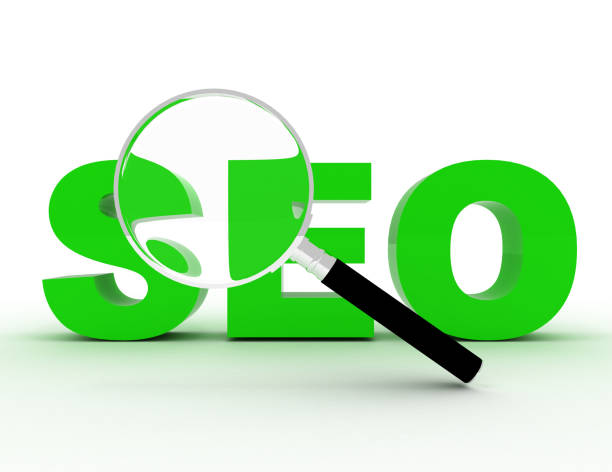
URL structure and internal linking are two other important pillars in an On-Page SEO strategy.
Optimized URLs, short, readable, and containing relevant keywords, not only help search engines better understand page content but also improve user experience.
Avoiding long and complex URLs, and using hyphens (-) instead of underscores (_) to separate words, are among the best practices in this regard.
This is a key guideline for improving your ranking.
Internal linking is also the process of connecting different pages of your website to each other.
This helps search engines discover your website’s structure, transfer authority (link juice) between pages, and allows users to easily navigate your site.
Using relevant and natural Anchor Texts for internal links is very important.
For example, if you are writing about “On-Page SEO training,” you can link to another page that specifically discusses “keyword research.”
This not only helps improve On-Page SEO but also allows users to gain more information and delve deeper into your content.
Optimizing Images and Media for Speed and On-Page SEO

Images and other media play a significant role in the visual appeal of a website as well as in On-Page SEO.
Image optimization means reducing their file size without significant loss of quality to increase page loading speed.
Page loading speed is an important ranking factor for Google.
Furthermore, the use of Alt tags (alternative text) for images is essential.
The Alt tag not only helps search engines understand the image content but is also useful for visually impaired users or when the image fails to load.
Alt Text should be descriptive and include relevant keywords, but without keyword stuffing.
Choosing appropriate file names for images (e.g., seo-on-page-optimization.jpg instead of IMG_1234.jpg) also helps with On-Page SEO.
This is an educational approach to improving your site’s accessibility and performance.
Technical Aspects of On-Page SEO and Their Impact on Ranking
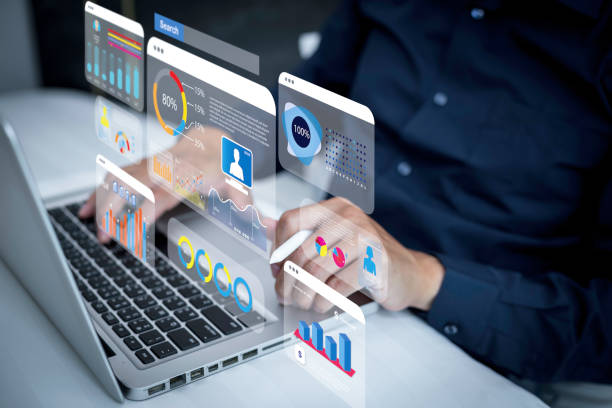
In addition to content and visual structure, several technical aspects are also involved in On-Page SEO that can directly impact your website’s ranking.
Website loading speed, mobile-friendliness, and the use of structured data (Schema Markup) are among the most important of these.
A fast and responsive website that displays well on mobile devices provides a better user experience and is preferred by search engines.
Tools like Google PageSpeed Insights and Mobile-Friendly Test can help you identify and resolve technical issues.
| Technical Element | Description | Impact on SEO and UX |
|---|---|---|
| Page Loading Speed | The time it takes for page content to fully display. | Important ranking factor, reduced bounce rate, improved user experience. |
| Mobile-Friendliness | Ability to display correctly and function properly on mobile devices. | Crucial for mobile ranking (Mobile-First Indexing), increased accessibility. |
| Schema Markup (Structured Data) | Codes that add specific meaning to content (e.g., star ratings). | Increased Rich Snippets, improved CTR. |
| Canonical Tags | Specifying the main version of a page to prevent duplicate content. | Resolving duplicate content issues, concentrating authority on one page. |
Structured data (Schema Markup) also helps search engines understand your content more deeply and display it more prominently in search results (like Rich Snippets), which can help increase click-through rates.
Correct implementation of these specialized aspects is essential for effective On-Page SEO.
User Experience (UX) and Its Connection to On-Page SEO
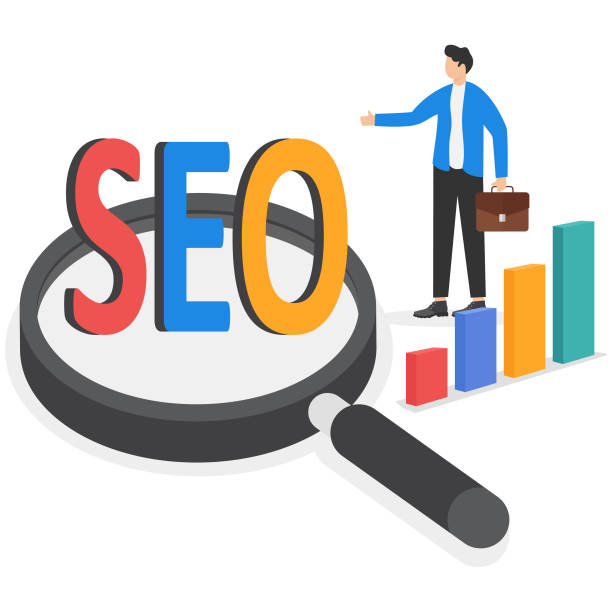
User Experience (UX) is no longer a separate concept from On-Page SEO; rather, it is an inseparable part of it.
Search engines are increasingly emphasizing user experience signals such as Bounce Rate, Dwell Time, and user engagement with content.
A website with good UX not only keeps users satisfied but also indicates to search engines that your content is valuable and useful.
Responsive design, easy navigation, readable and engaging content, and clear calls to action all contribute to improving user experience.
If users quickly leave your website, this sends a negative signal to Google.
Therefore, focusing on making content engaging and at the same time educational can directly impact your ranking.
A deep analysis of user behavior on your website can identify UX weaknesses and pave the way for improving On-Page SEO.
Frustrated with your e-commerce site’s low conversion rate? Rasaweb transforms your e-commerce site into a powerful tool for attracting and converting customers!
✅ Significant increase in visitor-to-buyer conversion rate
✅ Unparalleled user experience to increase customer satisfaction and loyalty⚡ Get a free consultation from Rasaweb!
Monitoring and Analyzing On-Page SEO Performance
![]()
After implementing On-Page SEO strategies, the next step is continuous monitoring of performance and data analysis.
Tools like Google Analytics and Google Search Console provide valuable information about how users interact with your website and how pages perform in search results.
Using Google Analytics, you can monitor bounce rate, dwell time, traffic sources, and user navigation paths on the site.
Google Search Console also allows you to see the keywords users find your website with, crawl errors, and sitemap issues.
Analyzing this data helps you identify the strengths and weaknesses of your On-Page SEO strategy and make data-driven decisions for future improvements.
For example, if a page has a high bounce rate, it might need content revision or improved loading speed.
This analytical and specialized process is key to sustainable SEO success and allows you to constantly be on the path of progress.
This is an informative approach to your website’s actual performance that gives you a clear insight.
Advanced Strategies and Future Trends in On-Page SEO
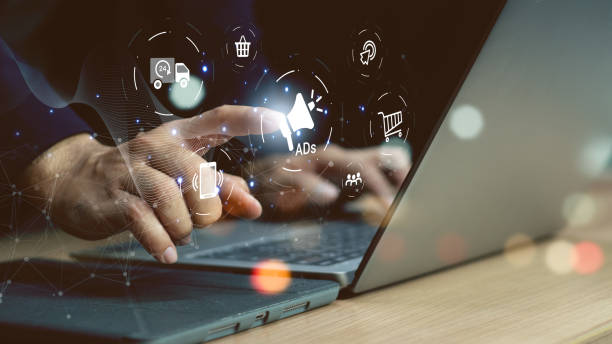
The world of SEO is constantly evolving, and to maintain a competitive edge in On-Page SEO, one must be familiar with advanced strategies and future trends.
Optimizing for Voice Search, which has gained importance with the increasing use of voice assistants like Siri and Google Assistant, is one of these trends.
This means focusing on conversational and question-based keywords.
Artificial intelligence also plays an increasing role in ranking algorithms, and understanding algorithms like BERT and RankBrain is crucial for optimizing content for User Intent.
Furthermore, emphasis on E-A-T (Expertise, Authoritativeness, Trustworthiness) – meaning the content’s expertise, authority, and trustworthiness – is of high importance.
Google gives better rankings to websites that provide specialized content from reliable sources.
Creating Evergreen Content, which does not become outdated over time, is also an effective long-term strategy for On-Page SEO.
These current and forward-looking approaches help you always stay one step ahead of the competition.
Implementing these advanced techniques is essential for staying at the top of search results and serves as a guide for the future of SEO.
Frequently Asked Questions
| Question | Answer |
|---|---|
| What is a Meta Title and why is it important in On-Page SEO? | The meta title is the most important On-Page SEO element, displayed at the top of the browser tab and in search results. This title helps search engines and users understand the main topic of the page and should include the primary keyword. |
| What role does Meta Description play in On-Page SEO? | The meta description is a short summary of the page’s content displayed below the title in search results. Although it does not directly affect ranking, its attractiveness can increase the Click-Through Rate (CTR). |
| How should keywords be used in page content? | Keywords should be used naturally and relevantly in strategic locations such as titles, headings, the first paragraph, and the body text. Avoid excessive keyword stuffing. |
| What is the importance of high-quality and comprehensive content in On-Page SEO? | High-quality, unique, informative, and comprehensive content that addresses user needs is of great importance. Search engines give higher rankings to content that provides real value. |
| What is the use of heading tags (H1-H6) in On-Page SEO structure? | Heading tags (H1, H2, H3, etc.) are used to structure content and indicate the importance of different sections. H1 is the main title of the page, and each page should only have one H1. Other tags are used for subheadings. |
| How to optimize images to improve On-Page SEO? | To optimize images, use descriptive alternative text (Alt Text) that includes relevant keywords, reduce the image file size without losing quality, and use meaningful and relevant file names. |
| What are the characteristics of a friendly URL for On-Page SEO? | A friendly URL should be short, readable, descriptive, include main keywords, and be free of extra characters. The URL structure should be hierarchical and logical to be understandable for both users and search engines. |
| How does Internal Linking help with On-Page SEO? | Internal linking helps users and search engine crawlers better understand the site structure, transfers page authority, and increases user dwell time on the site by connecting related pages. |
| What is the impact of page loading speed on On-Page SEO? | High loading speed is crucial for both user experience and SEO ranking. Slower pages might be ignored by search engines and lead to an increased Bounce Rate. |
| Why is Mobile-Friendliness highly important in On-Page SEO? | Given the increasing number of searches via mobile devices, having a responsive and mobile-friendly site is crucial for user experience and ranking in search results (Google’s Mobile-First Indexing). |
And other services of Rasa Web Advertising Agency in the field of advertising
Smart Sales Automation: An effective tool for increasing click-through rates by utilizing real data.
Smart Advertising Campaign: Designed for businesses seeking to manage campaigns through attractive UI design.
Smart Content Strategy: Revolutionize SEO ranking improvement with smart data analysis.
Smart Marketplace: An effective tool for campaign management with custom programming.
Smart Brand Identity: An innovative platform for improving sales growth using real data.
And over a hundred other services in the field of internet advertising, advertising consultation, and organizational solutions
Internet Advertising | Advertising Strategy | Advertorial
Resources
Comprehensive On-Page SEO Article, On-Page SEO Training, Technical SEO Tips, Importance of Link Building in SEO
? To elevate your business in the digital world, Rasaweb Afarin Digital Marketing Agency is your trusted partner. Among our specialized services is website design with a modern user interface that creates an unparalleled user experience for your audience.
📍 Tehran, Mirdamad Street, next to Bank Markazi, Kazeroon Jonoubi Alley, Ramin Alley, No. 6



